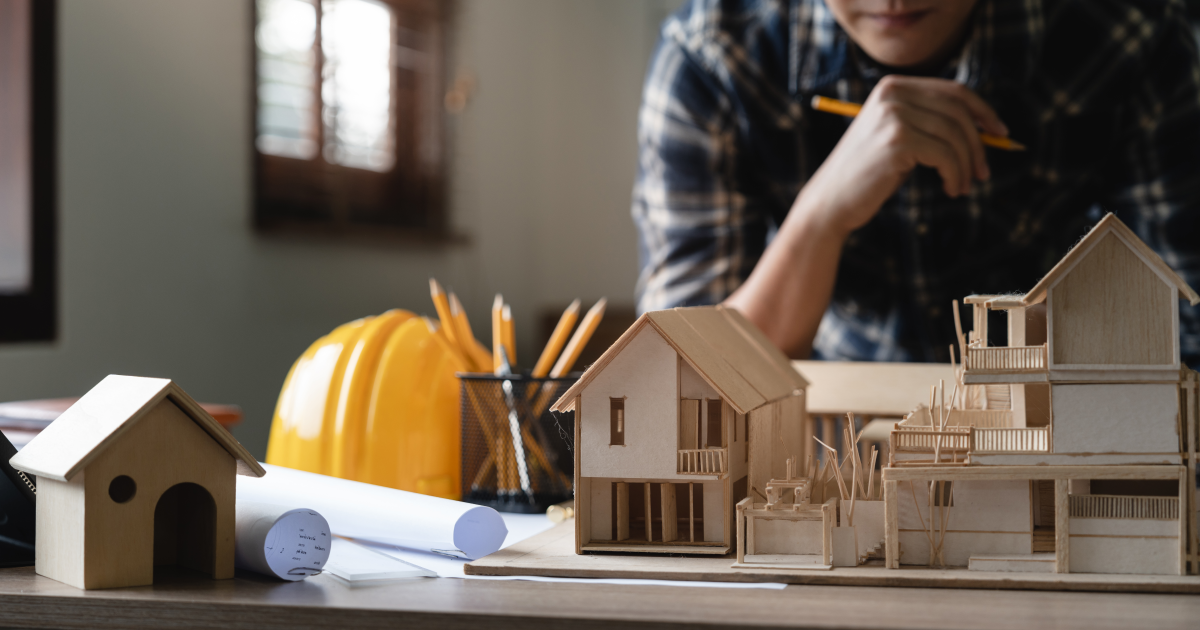Oregon’s climate is changing, bringing new challenges like more intense wildfires, heavy rainfall, and rising temperatures. Designing resilient homes in response to these shifts is crucial for protecting families and preserving property value. From improved insulation to fire-resistant materials, building homes with climate resilience in mind is a growing necessity. Building resilient homes for Oregon’s climate changes is just a smart investment. Talk to an expert about your home construction needs. Get advice from construction experts.
Emphasizing Energy Efficiency
Temperature Control and Insulation
Oregon experiences a mix of hot summers and cold winters. Therefore, proper insulation and energy-efficient windows are key to maintaining comfortable indoor temperatures while reducing energy consumption. Installing high-performance insulation, such as foam or cellulose, helps regulate indoor temperature, preventing excessive heat gain in the summer and heat loss during colder months.
Energy-efficient windows with double or triple glazing also help reduce heat transfer, keeping homes cooler in summer and warmer in winter. These windows not only improve energy efficiency but also lower utility bills, making them a smart investment for Oregon’s changing climate.
Renewable Energy Solutions
Solar panels are becoming an increasingly popular option for homeowners in Oregon looking to reduce their carbon footprint and increase energy independence. Installing solar power not only reduces reliance on traditional energy sources but also provides resilience against potential grid disruptions due to extreme weather events. Oregon’s government offers incentives and tax credits for installing solar energy systems, making it a practical and sustainable choice for homeowners looking to future-proof their homes.
Fire-Resistant Materials
Wildfire-Resistant Design
With Oregon experiencing more frequent and intense wildfires, it’s essential to incorporate fire-resistant materials and design features into new homes. Non-combustible roofing materials, such as metal or tile, offer better protection against airborne embers, which are a leading cause of home destruction during wildfires. Additionally, using fire-resistant siding materials like fiber cement or stucco can further safeguard homes from fire damage. Building resilient homes for Oregon’s climate changes is just a smart investment.
Creating Defensible Space
Building resilient homes also involves landscaping strategies that reduce the risk of wildfires spreading to the house. Creating defensible space—by keeping flammable vegetation away from the home, trimming trees, and maintaining proper spacing between plants—provides an additional layer of protection. These strategies, along with fire-resistant building materials, help protect homes from wildfire threats.
Managing Water and Flooding
Improving Drainage Systems
Oregon’s rainy season can lead to flash floods, landslides, and water damage. Installing proper drainage systems, such as French drains, rain gardens, and permeable driveways, helps direct water away from the home’s foundation. These solutions minimize the risk of water accumulation, reducing the likelihood of flooding and damage to your property.
Elevating and Waterproofing
In flood-prone areas, elevating the home’s foundation is an effective measure for protecting against water damage. Waterproofing the basement or crawl space and installing sump pumps can also prevent water from entering the home during heavy rainfalls, ensuring that your home stays dry and secure.
Preparing for Extreme Heat
Passive Cooling Techniques
As temperatures rise, homes in Oregon are increasingly exposed to extreme heat, especially during the summer months. Passive cooling techniques, such as strategically placing windows to encourage cross-ventilation, can help reduce indoor temperatures without relying heavily on air conditioning. Installing overhangs, shades, or reflective roofing materials can also minimize heat absorption and keep homes cooler naturally.
Energy-Efficient Cooling Systems
For homes that require active cooling, energy-efficient HVAC systems are essential. Installing heat pumps, which provide both heating and cooling, is an energy-efficient solution that works well in Oregon’s variable climate. These systems use less energy than traditional heating and cooling units, making them an environmentally friendly choice while keeping homes comfortable year-round.
Building Resilience Through Smart Technology
Smart Home Systems for Disaster Preparedness
Smart home technology offers an added layer of resilience for homes in Oregon. From advanced smoke and carbon monoxide detectors to smart thermostats that adjust based on weather conditions, these systems help homeowners monitor and protect their homes in real-time. Automated shutters can be programmed to close during extreme weather events, while smart water sensors can detect leaks early, preventing costly damage from water intrusion.
Backup Power Solutions
Given the potential for power outages during extreme weather events, having backup power systems like solar batteries or generators is becoming increasingly important. These systems ensure that essential appliances, such as refrigerators, heating and cooling systems, and security systems, continue to function during outages, providing homeowners with peace of mind.
Conclusion
Building resilient homes in Oregon’s changing climate is not only a necessity but also a smart investment for long-term sustainability. By incorporating energy-efficient designs, fire-resistant materials, improved water management, and smart technology, homeowners can better protect their properties from the challenges posed by climate change. Embracing these strategies not only enhances the safety and comfort of homes but also increases property value and reduces environmental impact.
Investing in climate-resilient features ensures that your home is prepared to withstand the unique challenges Oregon’s climate presents, ultimately safeguarding your family, home, and future. Building resilient homes for Oregon’s climate changes is just a smart investment. Talk to an expert about your home construction needs. Get advice from construction experts.


